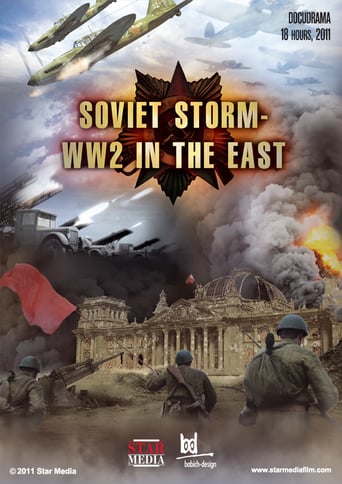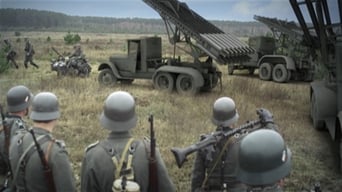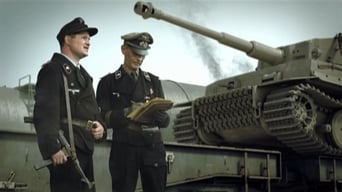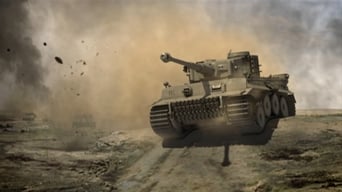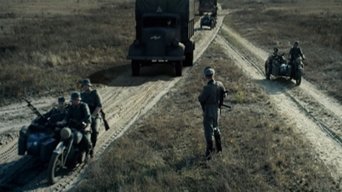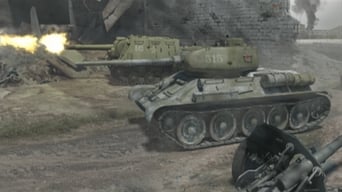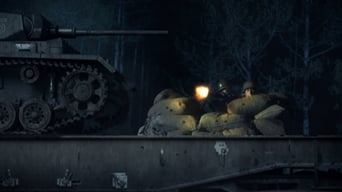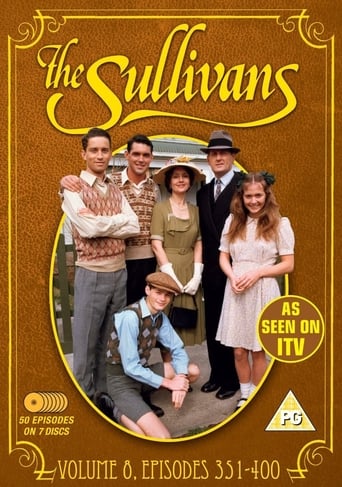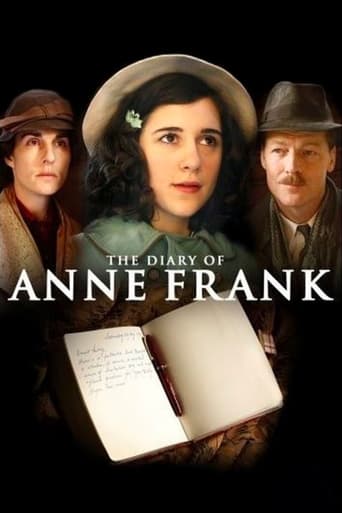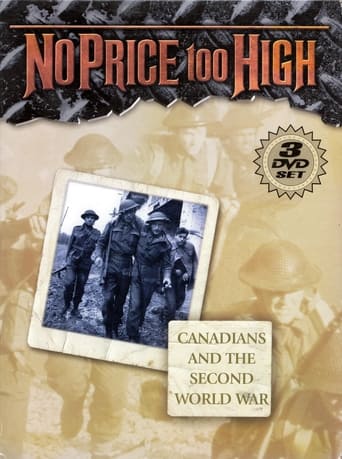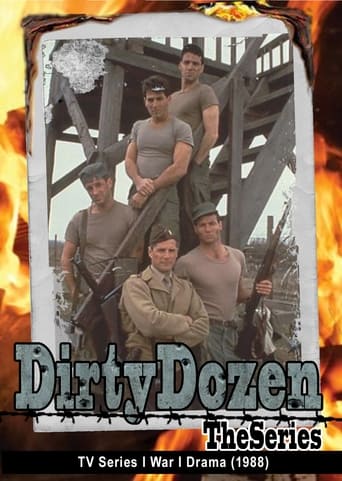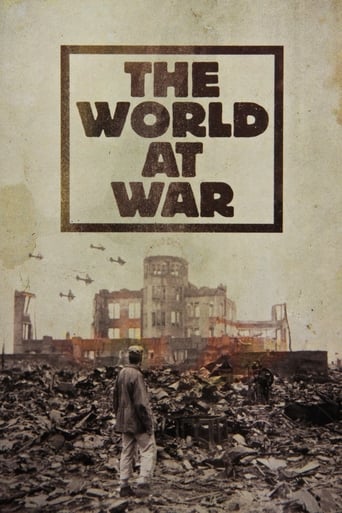Soviet Storm: WW2 in the East (2010)

The epic television history of the Second World War’s Eastern Front giving an unprecedented Russian perspective on the war’s most decisive and bloody theater.
Watch NowSoviet Storm: WW2 in the East
2010

The epic television history of the Second World War’s Eastern Front giving an unprecedented Russian perspective on the war’s most decisive and bloody theater.
Seasons & Episode
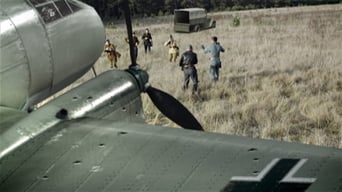
Archive film, computer-generated imagery and innovative reconstructions tell the Red Army's story of their bloody defeat to Nazi Germany in Kiev in 1941.

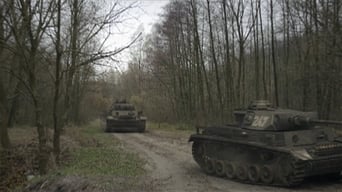
From the very first days of the war the USSR capitol had been preparing its defense. Institutions and plants, embassies and ministries were evacuated. In order to organize the defense of Moscow and stifle the fascist offensive, Marshal Zhukov was called from Leningrad to Moscow.

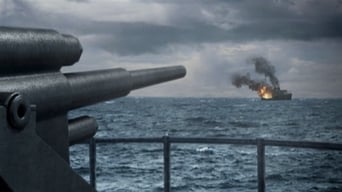
The Soviet navy fought many different types of war, from coastal raids in the Black Sea, to convoy escorts in the Arctic Ocean and submarine patrols in the Baltic Sea. Their submarines would prove a particularly lethal force, and in 1945 were responsible for massive and controversial losses of life at sea.


The Soviet Air Force was nearly wiped out in the first days of the German invasion of the Soviet Union. But thanks to the courage of its aircrews and brilliant new aircraft designs, it began to fight back, and by 1944 dominated the skies over the Eastern Front

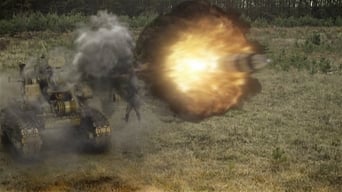
The German conquests of 1941 left Hitler’s troops perilously close to the Soviet capital, Moscow. Around Rzhev terrible fighting raged as the Red Army attacked again and again to drive back the invader. Soviet troops, who suffered appalling casualties, grimly referred to these battles as ‘the Rzhev meat-grinder’.

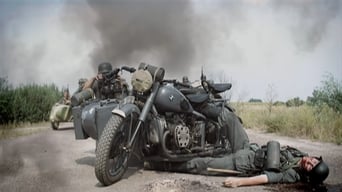
As September ended, the Germans found the Dnieper line impossible to hold as the Soviet bridgeheads grew and important Dnieper towns started to fall. Finally, early in November the Soviets broke out of their bridgeheads on either side of Kiev and captured the Ukrainian capital.

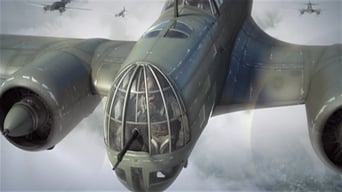
Hitler’s 1941 invasion of the USSR ran into some its fiercest resistance at the Black Sea ports of Odessa and Sevastopol, where Soviet elite naval infantry brigades fought doggedly to hold back German and Romanian troops. At Sevastopol, a long and bloody siege unfolded, causing the Germans to bring in some of the biggest artillery guns ever used.

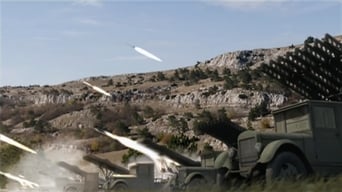
In 1942, Hitler launched his great summer offensive against the Soviet oil fields in the Caucasus. If he could seize control of this vital resource, the war might be lost. But bitter fighting in the Caucasus Mountains, and in the streets of Stalingrad, would thwart Hitler’s dream.

The epic television history of the Second World War’s Eastern Front giving an unprecedented Russian perspective on the war’s most decisive and bloody theater.
Watch Trailer
Free Trial Channels


